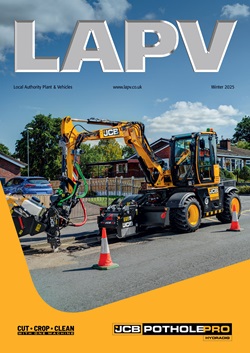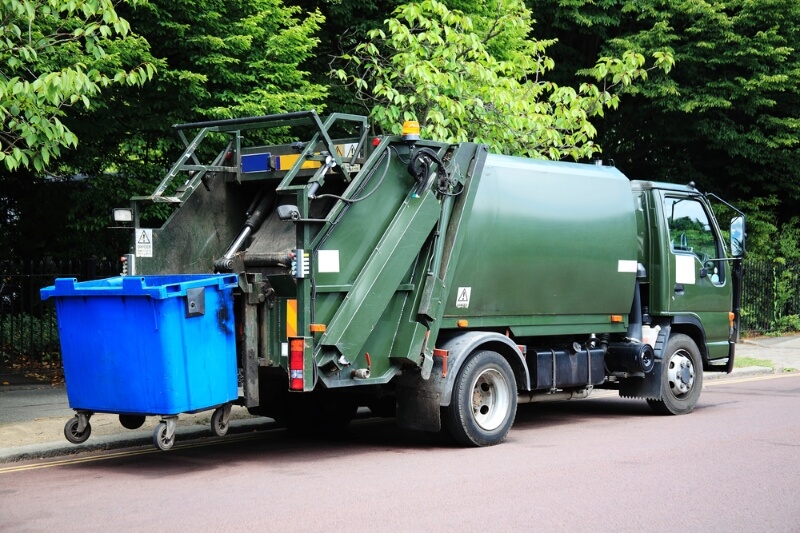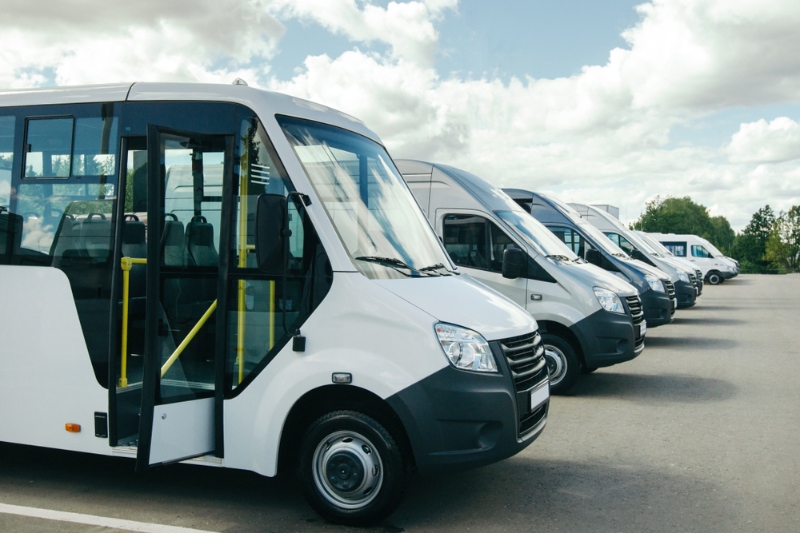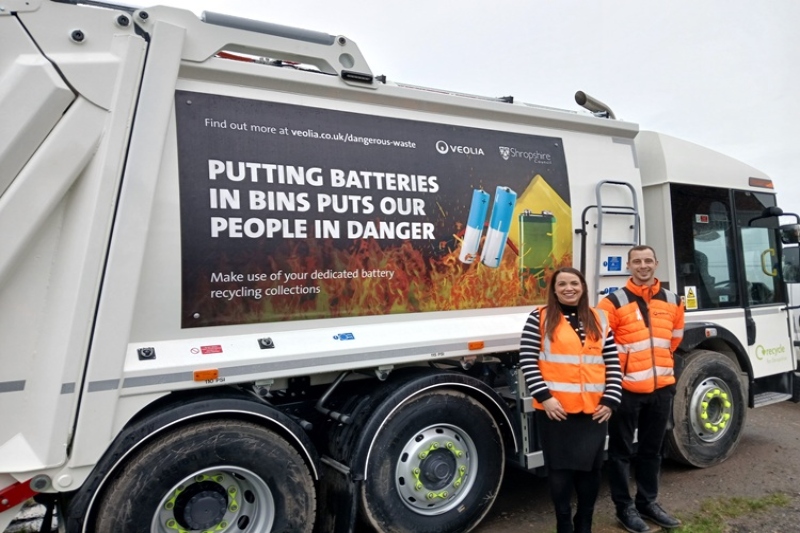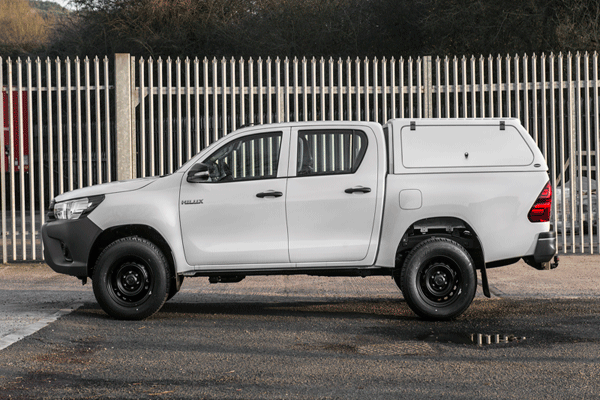The Government’s plan to ban the sale of new diesel and petrol HGVs after 2040 is without doubt a challenge for local authority fleets, but it is one that should be met. That’s not to say the transition isn’t going to be without its complications though.
 Why is change needed? At a local level, air quality is of paramount importance and electrification should have a transformative effect on what we breathe, thanks to a huge potential reduction in particulates. Local authorities will be leading the way with this, not just in setting the legislative agenda but in demonstrating positive change can be made.
Why is change needed? At a local level, air quality is of paramount importance and electrification should have a transformative effect on what we breathe, thanks to a huge potential reduction in particulates. Local authorities will be leading the way with this, not just in setting the legislative agenda but in demonstrating positive change can be made.
The argument for change is clear. The question is, how to do it?
Firstly, you need the right tools for the job, and at present there are just not the range of alternatively-fuelled vehicles to do this. This is not a criticism of the manufacturers, but a reflection of how hard it is to develop powertrains that work in the extreme operating environments many heavy and specialist vehicles work.
Batteries just don’t – yet – have the range, while hydrogen (a more likely solution at the heavier end of the vehicle fleet) has no network outside of some specialist hubs. Production of hydrogen is also not as cost effective or efficient as it needs to be.
It might be that in the next decade technological advances solve this problem. But they don’t necessarily solve the associated issues managers of vehicles are going to face.
The first is time. Many of the fleets we work with have specialist vehicles fitted with specific equipment to do a particular job: laying pipes, cleaning streets, providing support for roadworks. These vehicles have been designed and built with years of know-how about what works, and are often run for up to 10 years.
That means in some cases fleets are one vehicle lifecycle away from having to replace trusted, hard-working vehicles with ones using entirely new power sources. Fleets will not have been able to test in the field for prolonged periods.
It’s not only the engine. What if you have a generator fitted to the back? It’s not a good look to swoosh up on site using electric and fire up the diesel generator to support specialist works.
So the accrual of information of operational requirements may happen very slowly at first, and then very quickly. This will bring challenges in terms of understanding costs, servicing and maintenance, and fitness for purpose.
There’s an endemic shortage of technicians, and servicing and maintenance garage capacity. We need to find ways to attract apprentices and support training, as it is going to be harder than ever for workshops and garages to manage the very different skill requirements while investing in the technology to keep these new vehicles running.
Then factor in the increased risk in terms of procurement, uncertain residual values and running costs for what are essential and expensive vehicles. There are many horses to back, and it may be quite a few years after 2040 before clear winners emerge.
Added to which are infrastructure costs. Almost all heavy and specialist vehicles will be back at base at night, which might work for charging, albeit with huge implementation investment. The mooted hydrogen hubs may well work for long distance drivers, but bunkering in depots for public authorities might well be the way forward. Again, a massive investment for a solution yet to be proven.
All these factors, I feel, puts unnecessary and unfair pressure on those running these fleets, not least because they are often beholden to public finance scrutiny.
So I believe there needs to be more support from the Government. Yes, their general direction on electrification is right, but in order to reach that destination they need to give local authority fleets added financial firepower to experiment with vehicles – on a shorter lifecycle basis if need be.
It shouldn’t stop there; why not back fleet operators to retool if a particular powertrain proves to be the wrong choice, as well as paying more for technicians and investment in infrastructure.
Yes, there are bound to be some missteps as we make this vital transition, but it is imperative this change is made in the spirit of co-operation and innovation, not in a climate of fear of getting it wrong.
By taking this approach, the industry can move forward at pace, and develop a world-class fleet and infrastructure that delivers to the public the clean air and reduced emissions we crave.
Nimesh Chauhan is Director – Complex Brand at ARI Fleet UK.
This article was originally published in the autumn issue of LAPV. For a free subscription to the magazine, sign up here.


